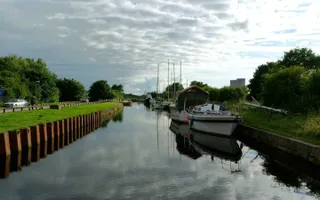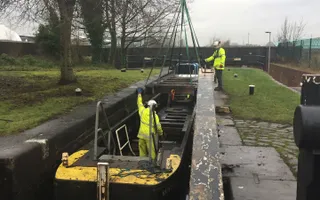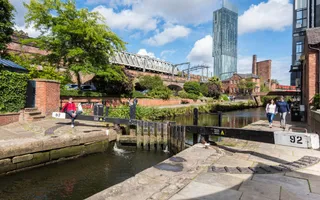Gradual closure in the 20th century has been followed by a widespread appreciation of the Sankey's historic importance, and a local society now promotes restoration. Some sections are still in water and locks have been rebuilt. The entrance to the canal from the River Mersey remains navigable and is used for moorings.
The St Helens Canal history
Originally known as the Sankey Canal, the St Helens Canal was built under an Act of 1757 for a river navigation following the Sankey Brook, canal acts then being a rarity. However, the engineers working on the project had other ideas and used a loophole in the act to build a ten-lock canal. It opened in 1759, and soon became busy with coal traffic for Liverpool and the salt works on the River Weaver.
The lower end of the canal was extended on a couple of occasions to its present terminus in Widnes. In 1845 it amalgamated with the St Helens & Runcorn Gap Railway, eventually becoming part of the London & North Western Railway. It closed in stages in the 20th century, the last traffic being to the sugar works at Newton-le-Willows in 1963.







